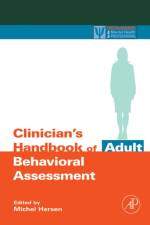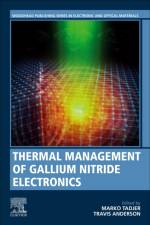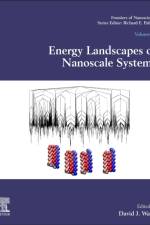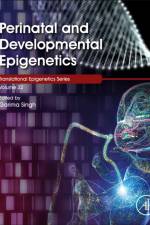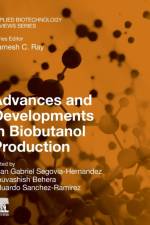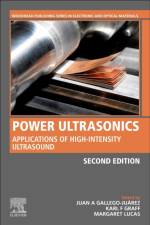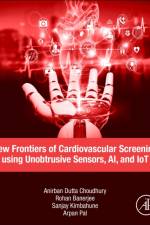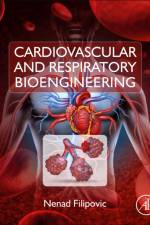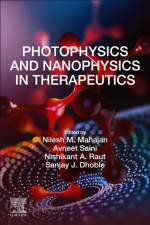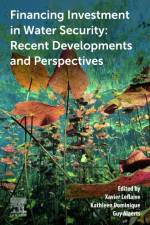- Applications of High-Intensity Ultrasound
5 681
Power Ultrasonics: Applications of High-Intensity Ultrasound, Second Edition provides a comprehensive reference on the fundamentals, processing, engineering, medical, food and pharmaceutical applications of ultrasonic processing. Chapters cover the fundamentals of nonlinear propagation of ultrasonic waves in fluids and solids, discuss the materials and designs of power ultrasonic transducers and devices, identify applications of high power ultrasound in materials engineering and mechanical engineering, food processing technology, environmental monitoring and remediation and industrial and chemical processing (including pharmaceuticals), medicine and biotechnology, and cover developments in ultrasound therapy and surgery applications.The new edition also includes recent advances in modeling, characterization and measurement techniques, along with additive manufacturing and micromanufacturing. This is an invaluable reference for graduate students and researchers working in the disciplines of materials science and engineering. In addition, those working on the physics of acoustics, sound and ultrasound, sonochemistry, acoustic engineering and industrial process technology, R&D managers, production, and biomedical engineers will find it useful to their work.





